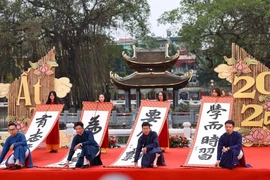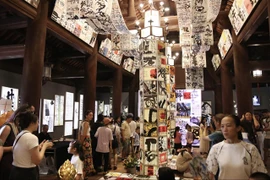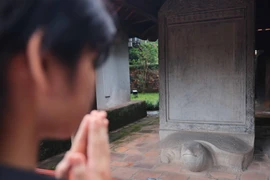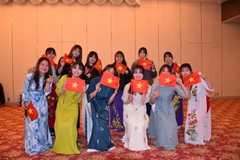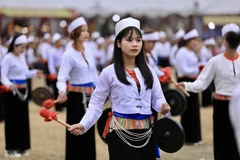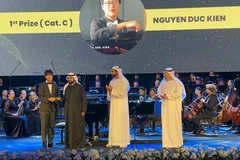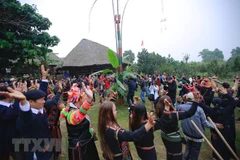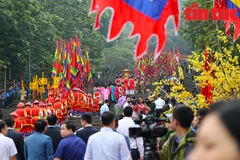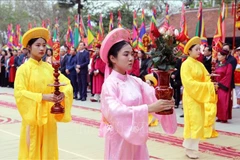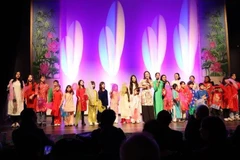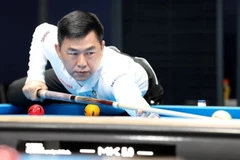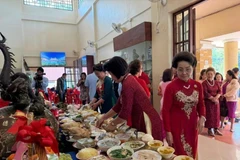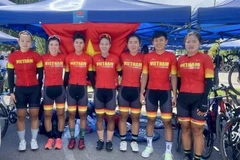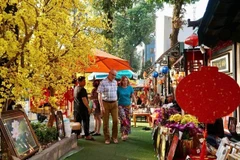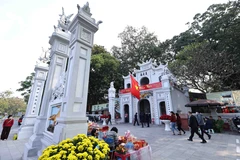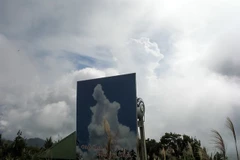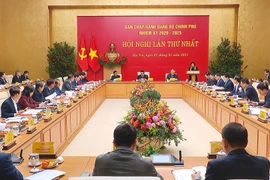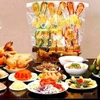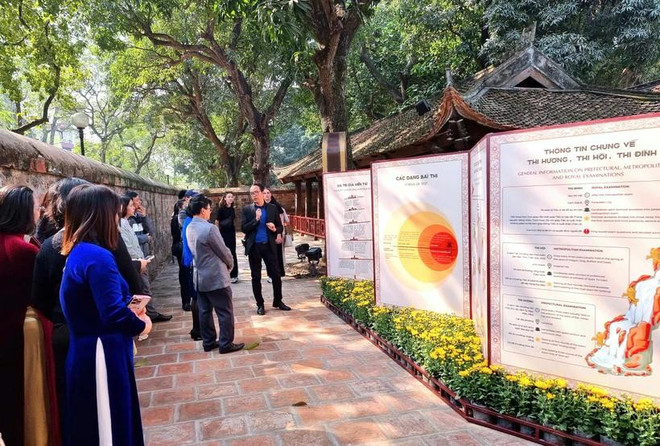
Hanoi (VNA) – An exhibition recently opened at the Temple of Literature (Van Mieu – Quoc Tu Giam) offers visitors a fascinating look into Vietnam’s rich tradition of imperial examinations.
The exhibition, entitled "Stone Stele Tells the Story", marks the start of the 2025 Lunar New Year (Tet) celebrations. It also celebrates the 95th anniversary of the Communist Party of Vietnam (February 3, 1930-2025), and the 950th anniversary of the first Confucian examination held in 1075.
Building on the success of the 2022 edition, this year’s display explores the content and artistic values of the 82 stone steles inscribed with the name of those earning the doctoral title at the Temple of Literature.
The exhibition is divided into four key sections. The first, “Recruiting Talents”, provides an overview of Vietnam’s Confucian education system. The “Feudal Examinations” section presents information about the examination process and the rewards for successful candidates. The one on “Exemplary Ancestors” highlights notable figures who made significant contributions to education and other fields. The final, “Artistic Mastery”, celebrates the skilled craftsmanship and worldview of the artisans who carved the stone steles.
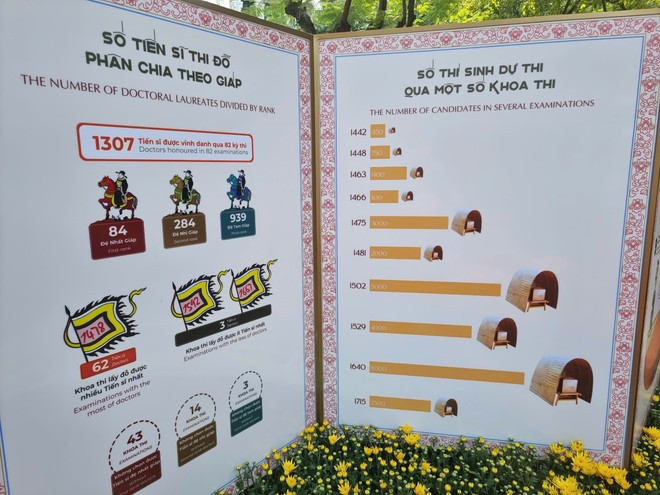
Nguyen Van Tu, Deputy Director of the Centre for Cultural and Scientific Activities at the Temple of Literature, explained that the layout of the exhibition, placed next to the stone steles, enhances the visitors’ connection to these historical artifacts and deepens their understanding of the stories behind the stone carvings.
The 82 stone steles at the Temple of Literature vividly tell stories about 1,304 doctoral laureates and 82 Confucian court exams conducted over four centuries, he noted.
Alongside the exhibition, the annual Spring Calligraphy Festival will also take place from January 23 to February 9 besides the Literature Lake.
This festival, which honours Vietnamese culture, history, and knowledge, features 100 works of calligraphy in both classical Chinese and Vietnamese scripts, while creating a festive space for visitors.
Le Xuan Kieu, Director of the Centre for Cultural and Scientific Activities, highlighted that this year’s festival is held at the newly renovated Literature Lake space, helping improve visitors’ experiences during their journey to explore the country’s cultural heritage through the Lunar New Year celebrations.
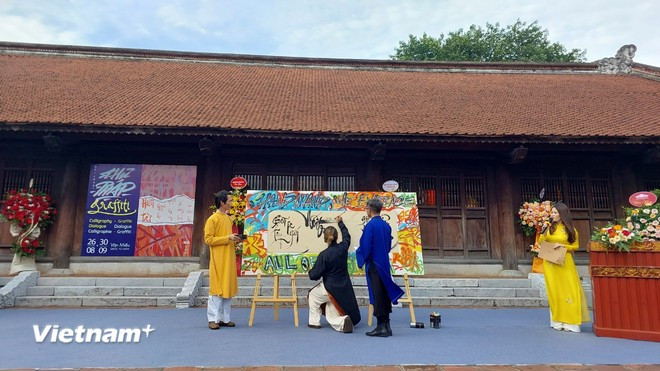
In addition to the calligraphy display, three other exhibitions will also form part of the festival.
The “Thuc hoc” (True Learning) exhibition will showcases 100 calligraphy pieces about literary works by historical figures such as Emperor Le Thanh Tong, teacher Chu Van An, scholar Nguyen Trai, and writer Nguyen Du, honouring the Vietnamese values of fondness for learning and respect for teachers.
A photo exhibition titled “Viet Nam Que Huong Toi” (Vietnam, My Homeland) will presents 50 works selected from entries to the Vietnam Heritage Photography Awards.
Finally, the “Ve Con Ran” (Drawing the Snake) exhibition features 77 illustrations by 75 Vietnamese artists from around the world, telling interesting stories about the symbol of the Year of the Snake./.
